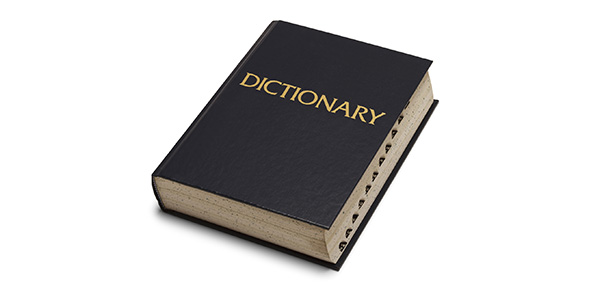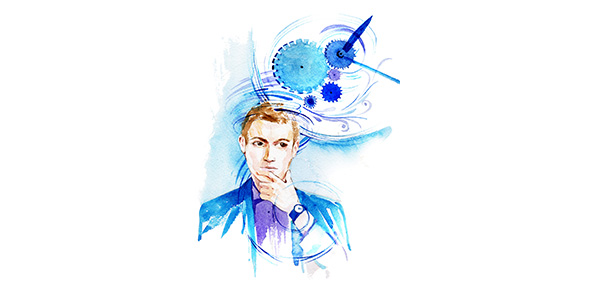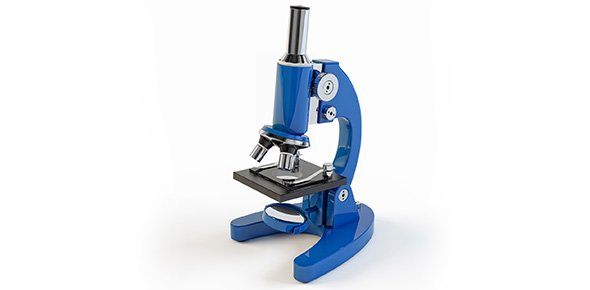Related Flashcards
Related Topics
Cards In This Set
| Front | Back |
|
Central nervous system (CNS)
|
Part of nervous system containing brain and spinal cord that enables mind and behavior
|
|
Peripheral Nervous System (PNS)
|
Nerves in the body that extend outside the central nervous system (contains autonomic nervous system)
|
|
Forebrain
|
Forward part of the brain that allows advanced intellectual abilities; also known as the cerebellum
|
|
Cerebral cortex
|
Outermost part of the forebrain; responsible for analyzing sensory processing and higher brain functions
|
|
Autonomic nervous system
|
Part of the PNS controlling the involuntary actions of our internal organs and glands, which (along with the limbic system) participates in emotion (contains sympathetic/parasympathetic divisions)
|
|
Sympathetic division
|
Part of the autonomic nervous system engaged during a crisis, or after actions requiring fight or flight
|
|
Parasympathetic division
|
Part of autonomic nervous system that controls rest and digestion
|
|
Brain stem
|
Regulates control of involuntary functions such as breathing and heart rate
|
|
Broca's area
|
Language area in the prefrontal cortex that helps to control speech production
|
|
Aphasia
|
Serious speech deficit that renders a person unable to communicate effectively
|
|
Parietal lobe
|
Upper middle part of the cerebral cortex lying behind the frontal lobe specialized for touch and perception
|
|
Association cortex
|
Regions of the cerebral cortex that integrate simpler functions to perform more complex functions
|
|
Temporal lobe
|
Lower part of cerebral cortex below the temples, which plays roles in hearing, understanding language, and memory
|
|
Wernicke's Area
|
Part of the temporal lobe involved in understanding speech
|
|
Prefrontal cortex
|
Influences various aspects of behavior and personality (p.113)
|






